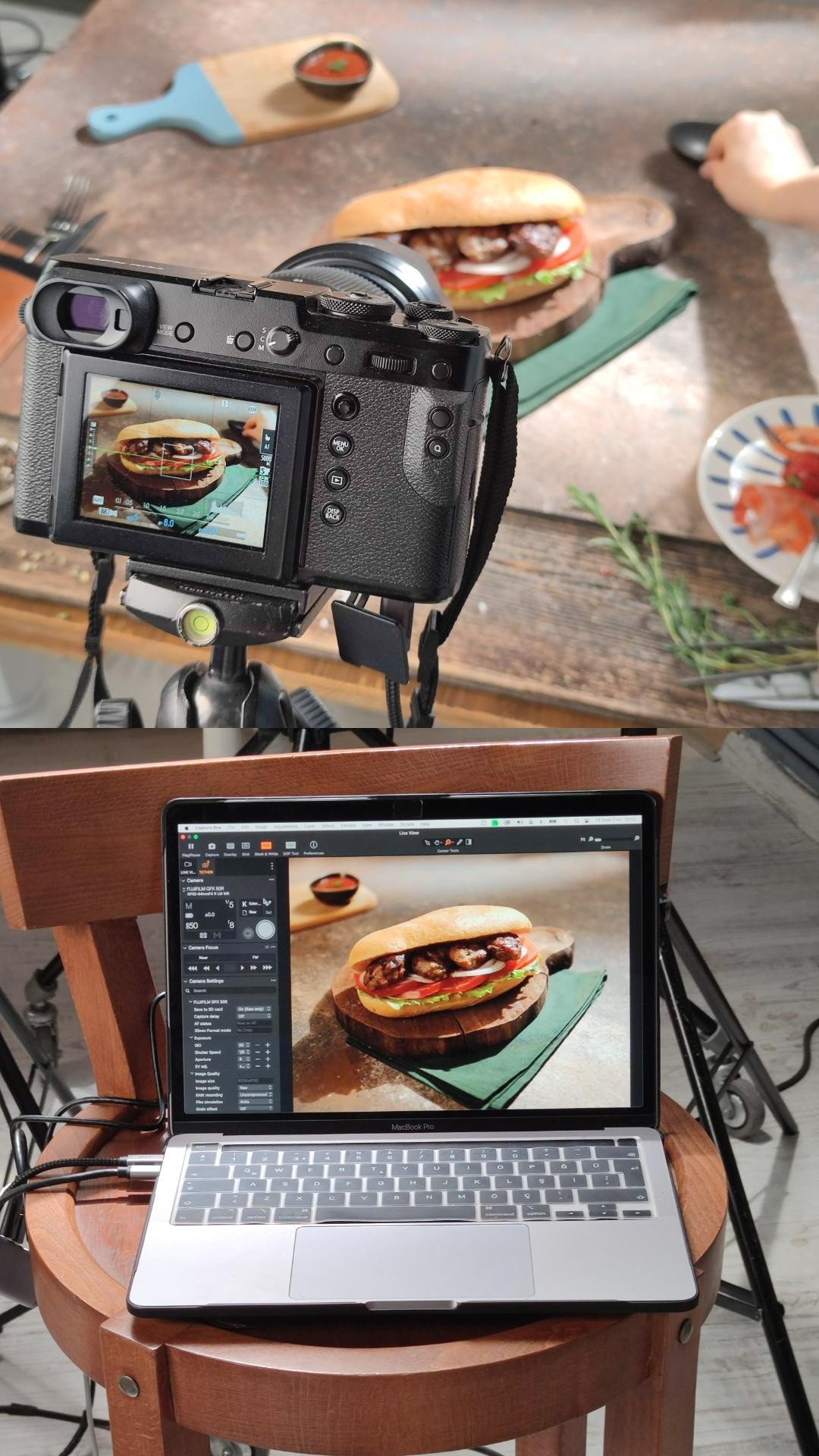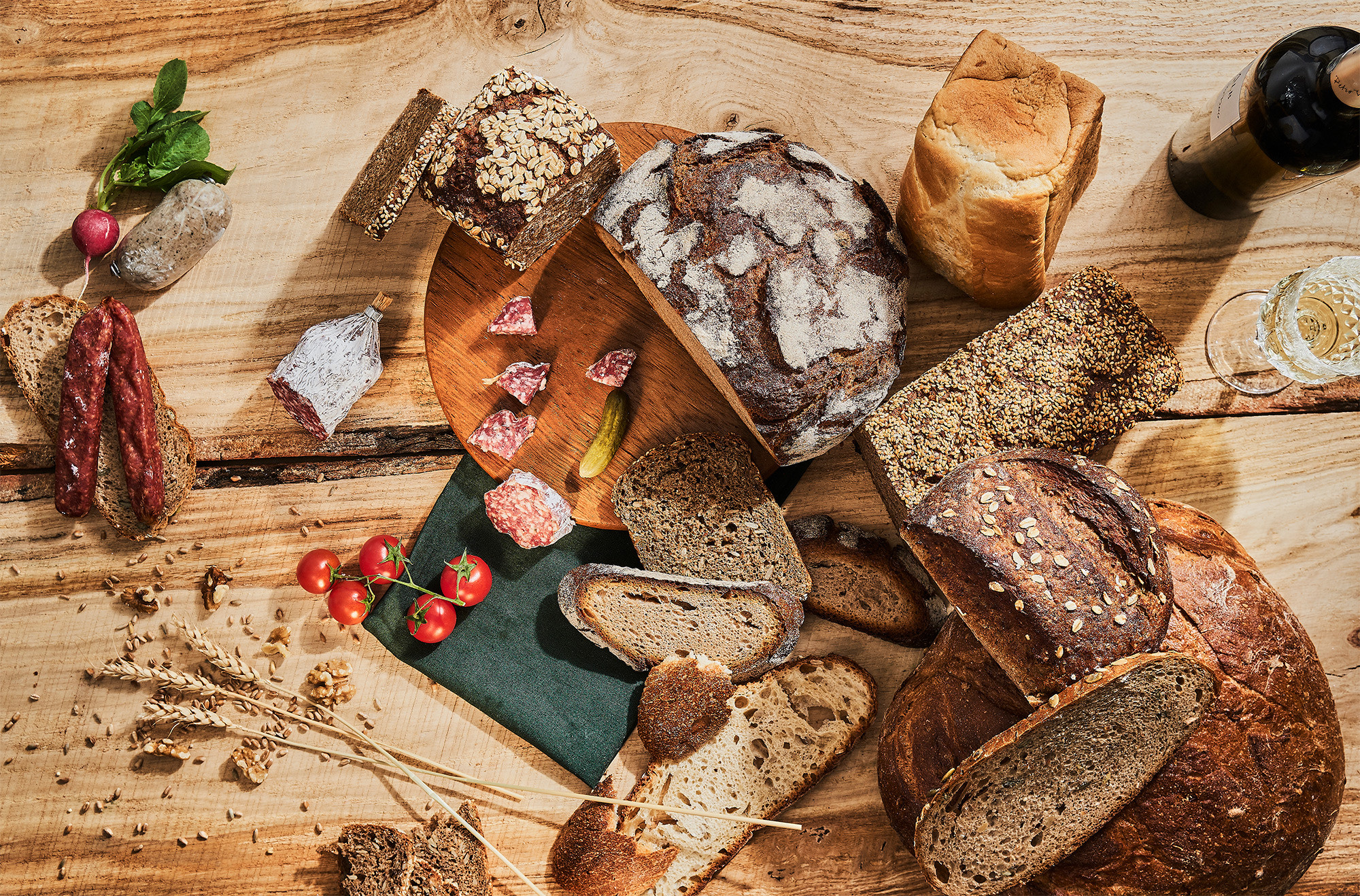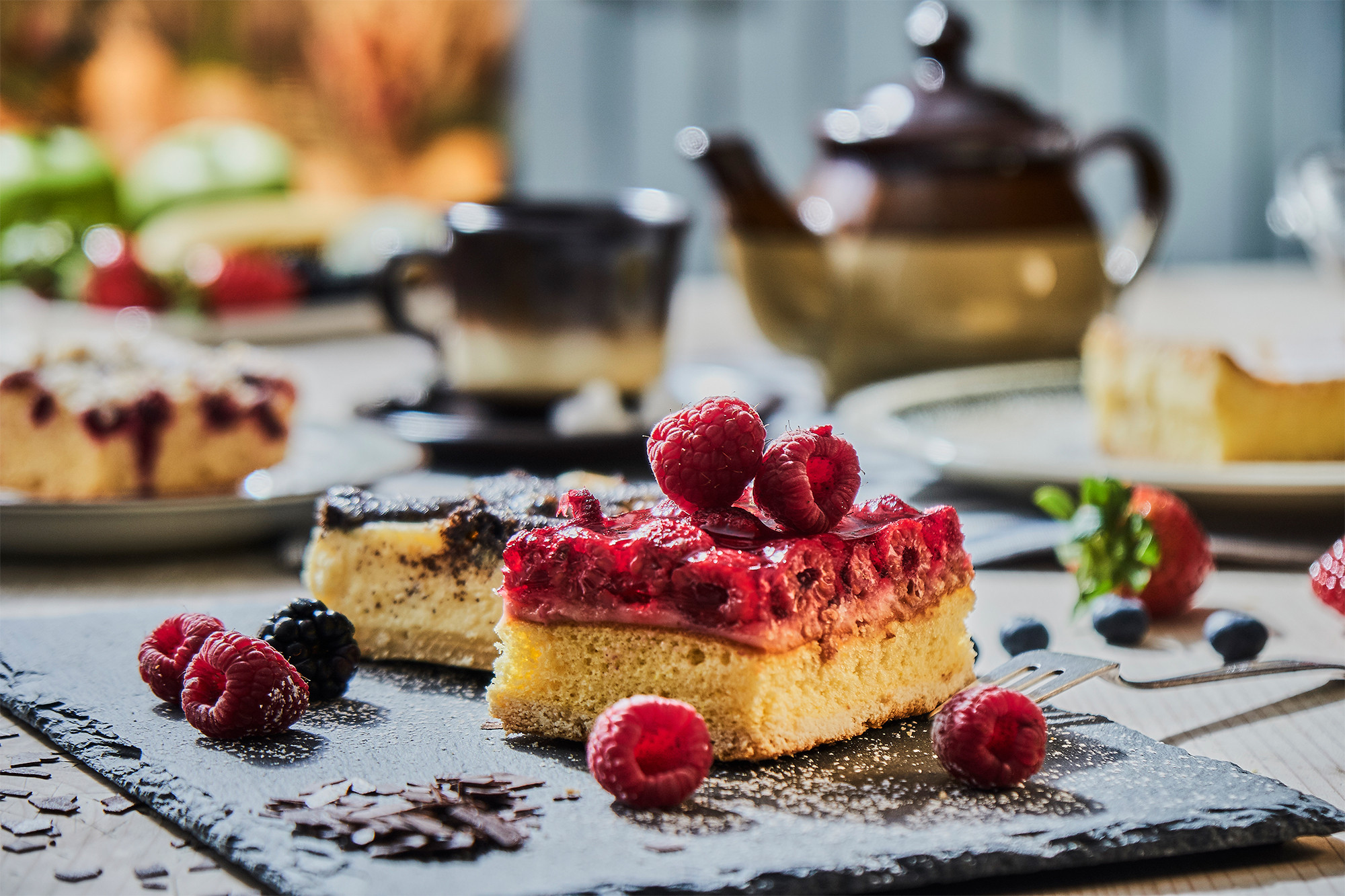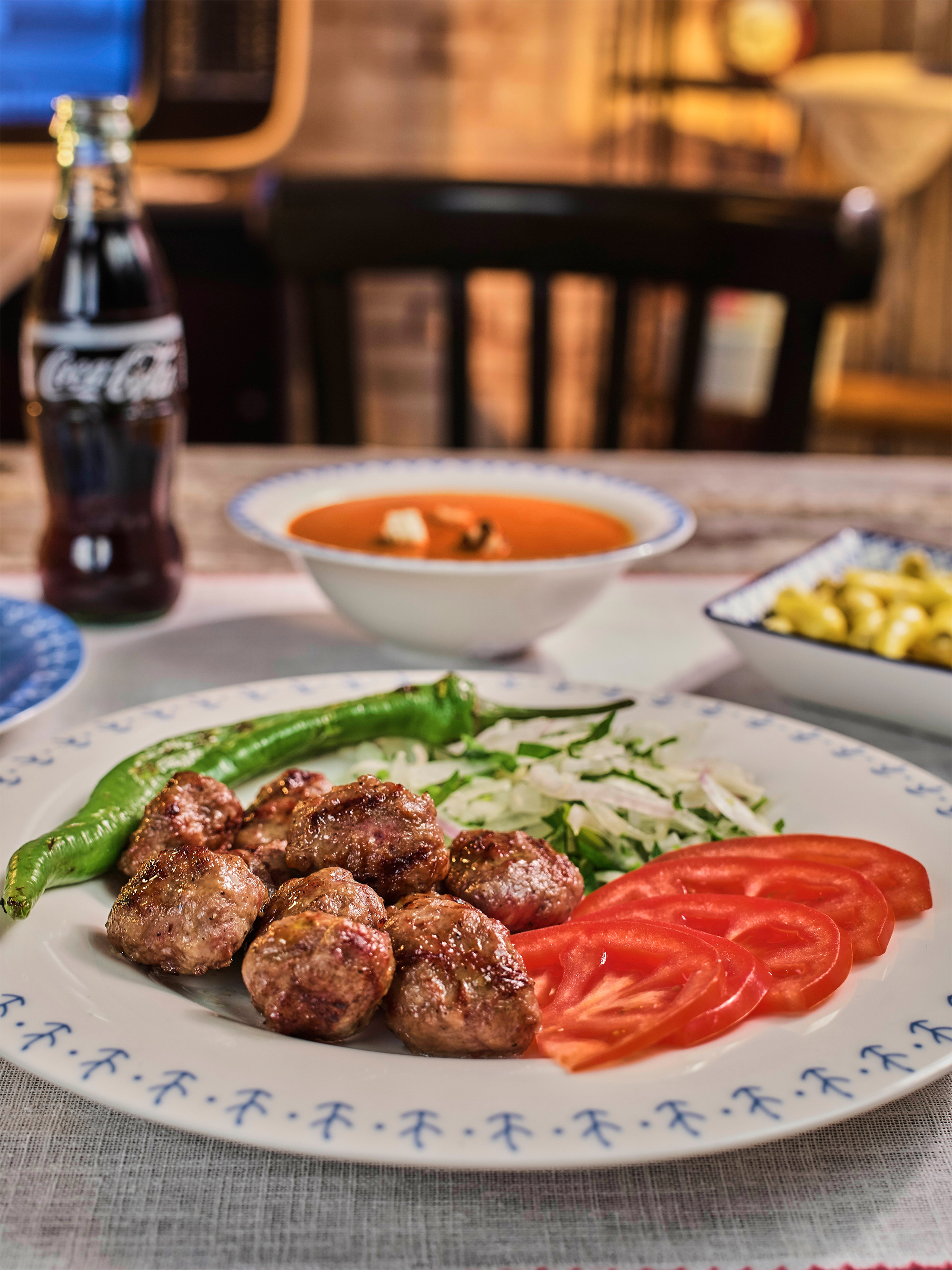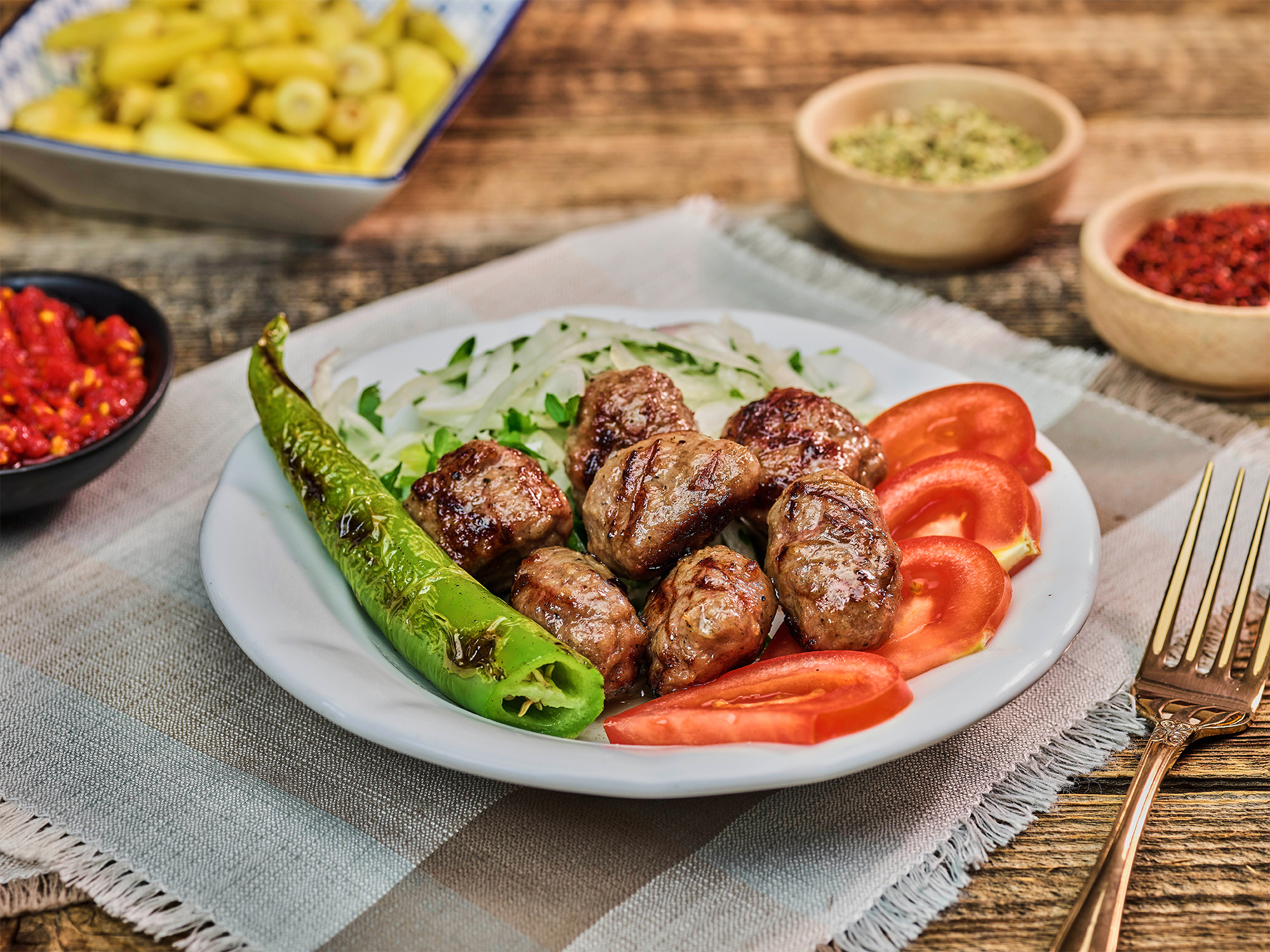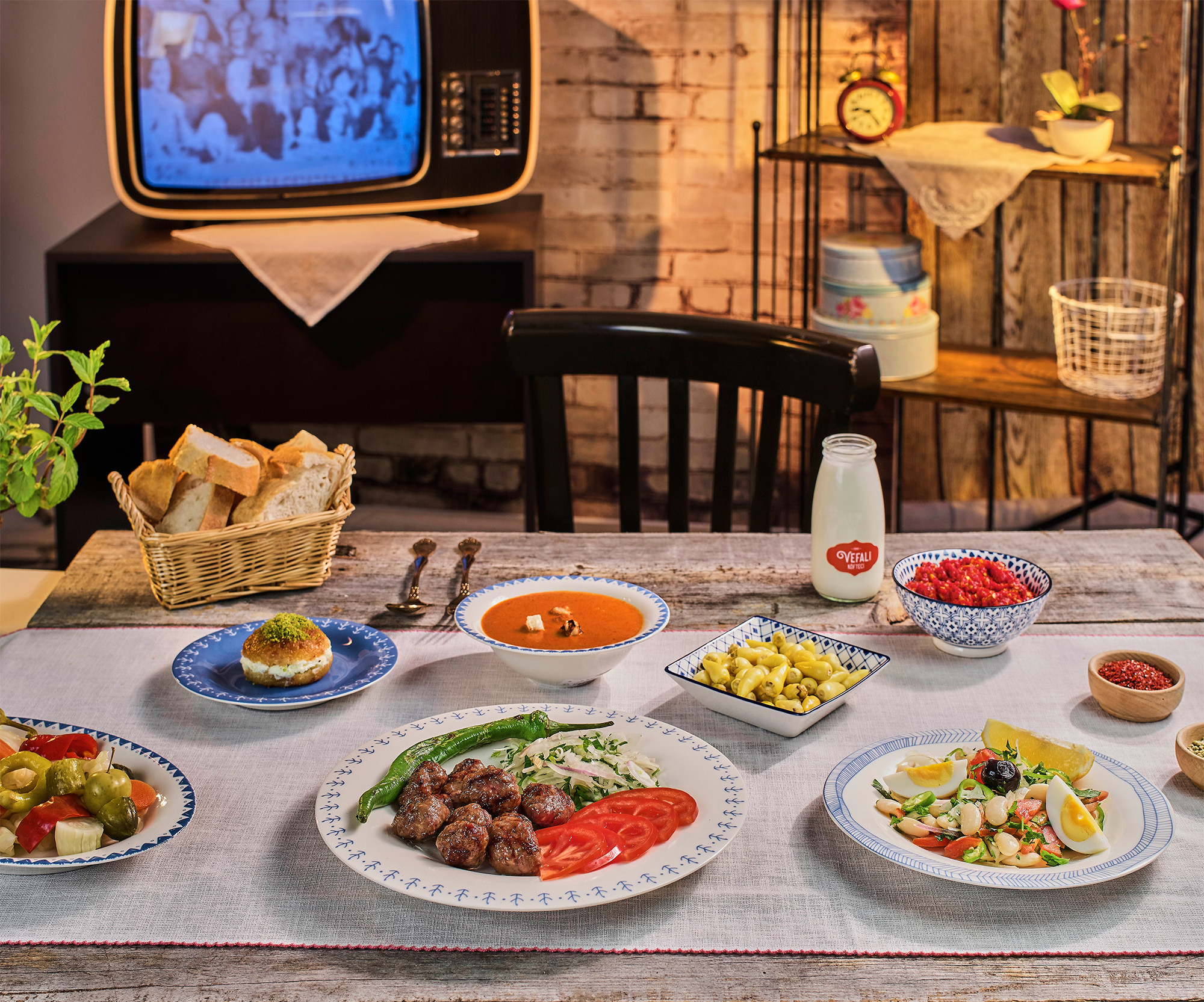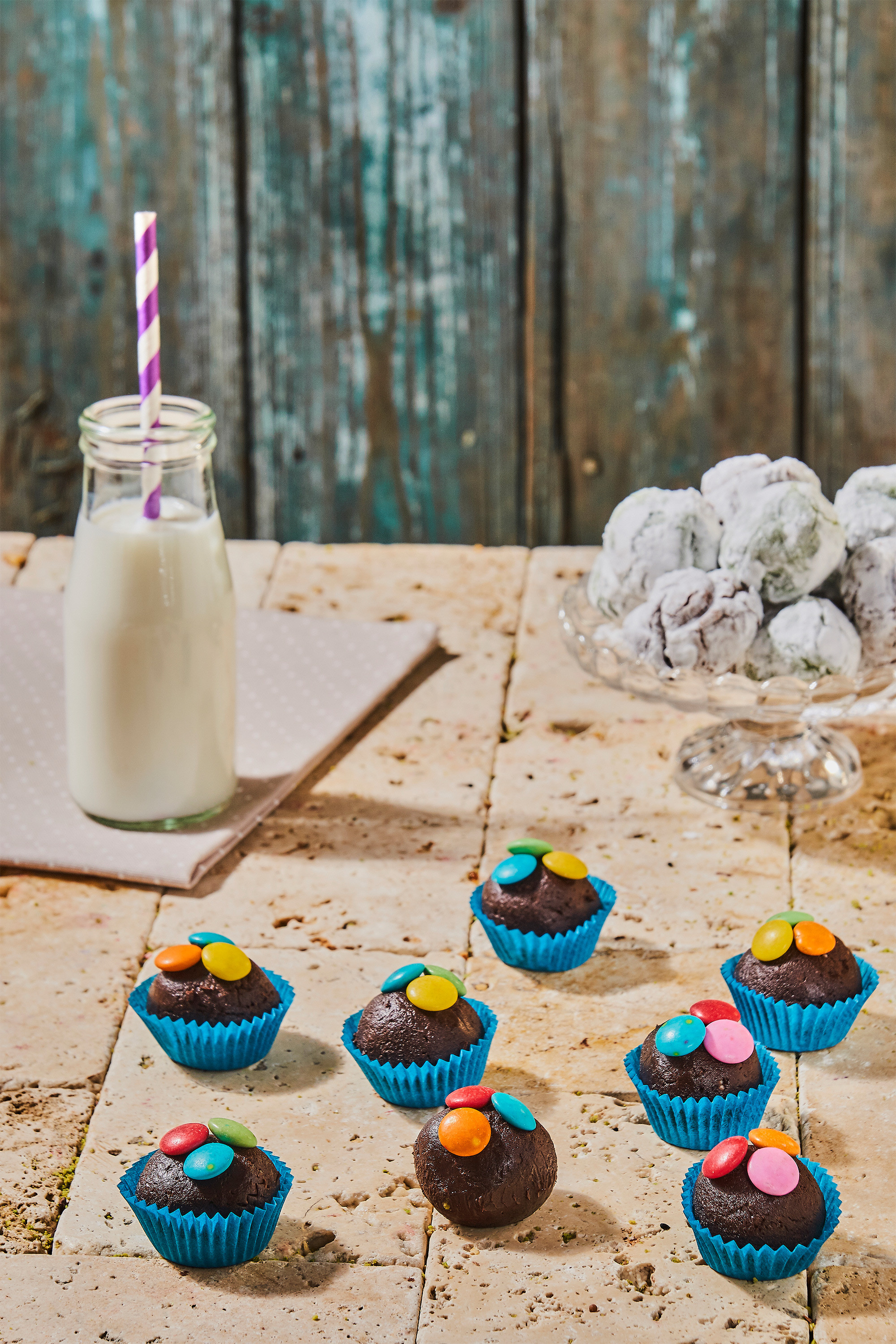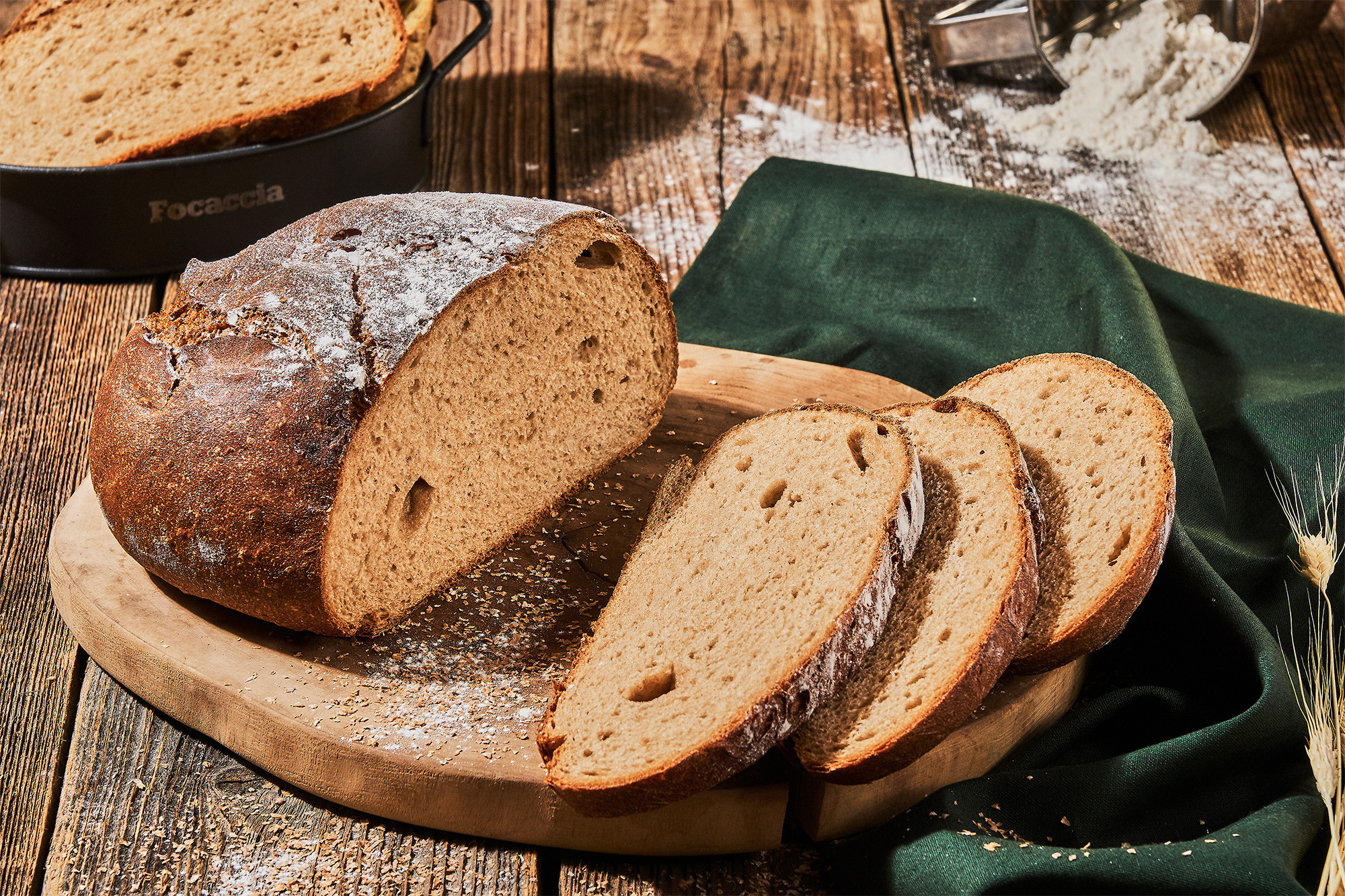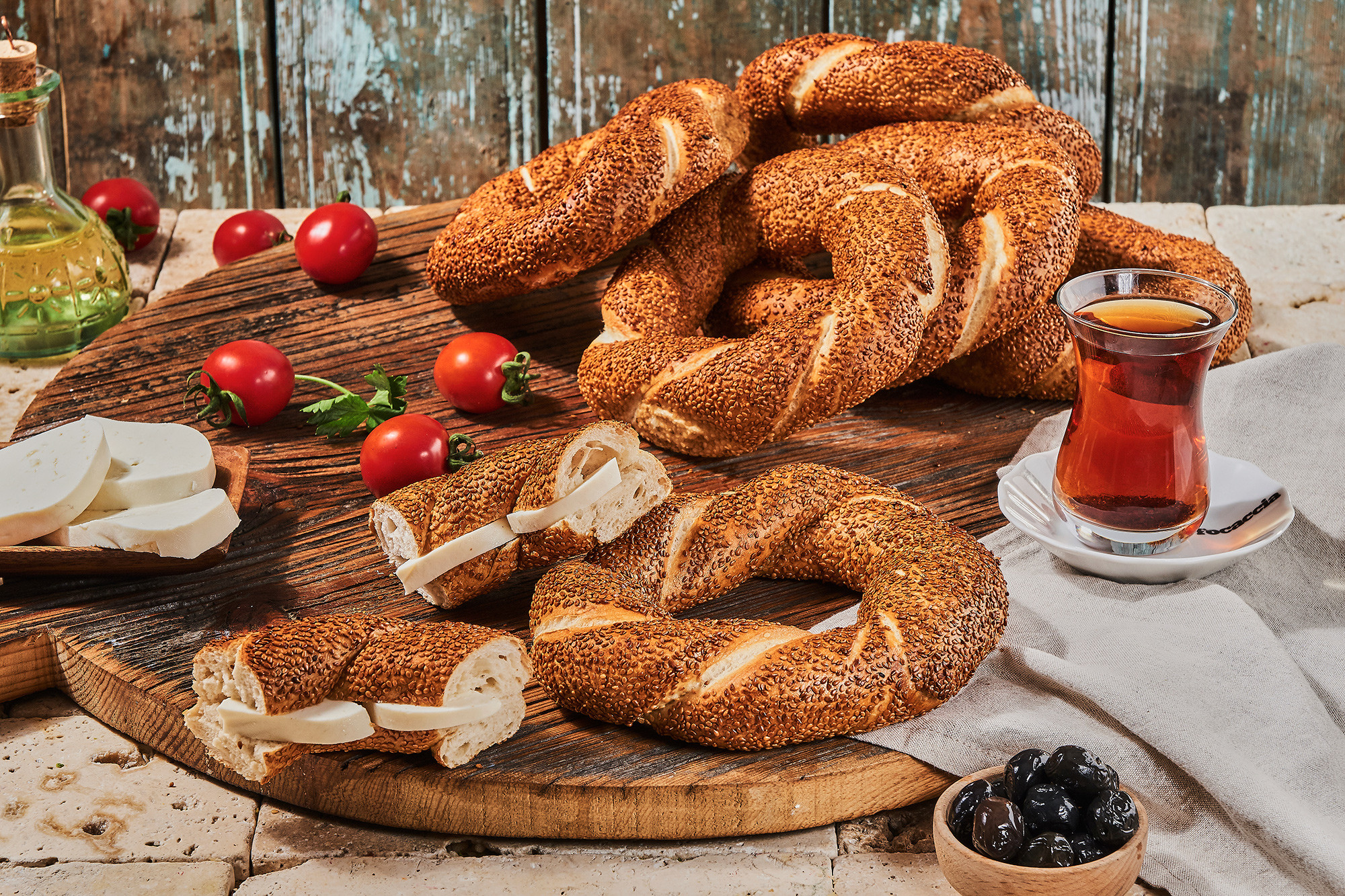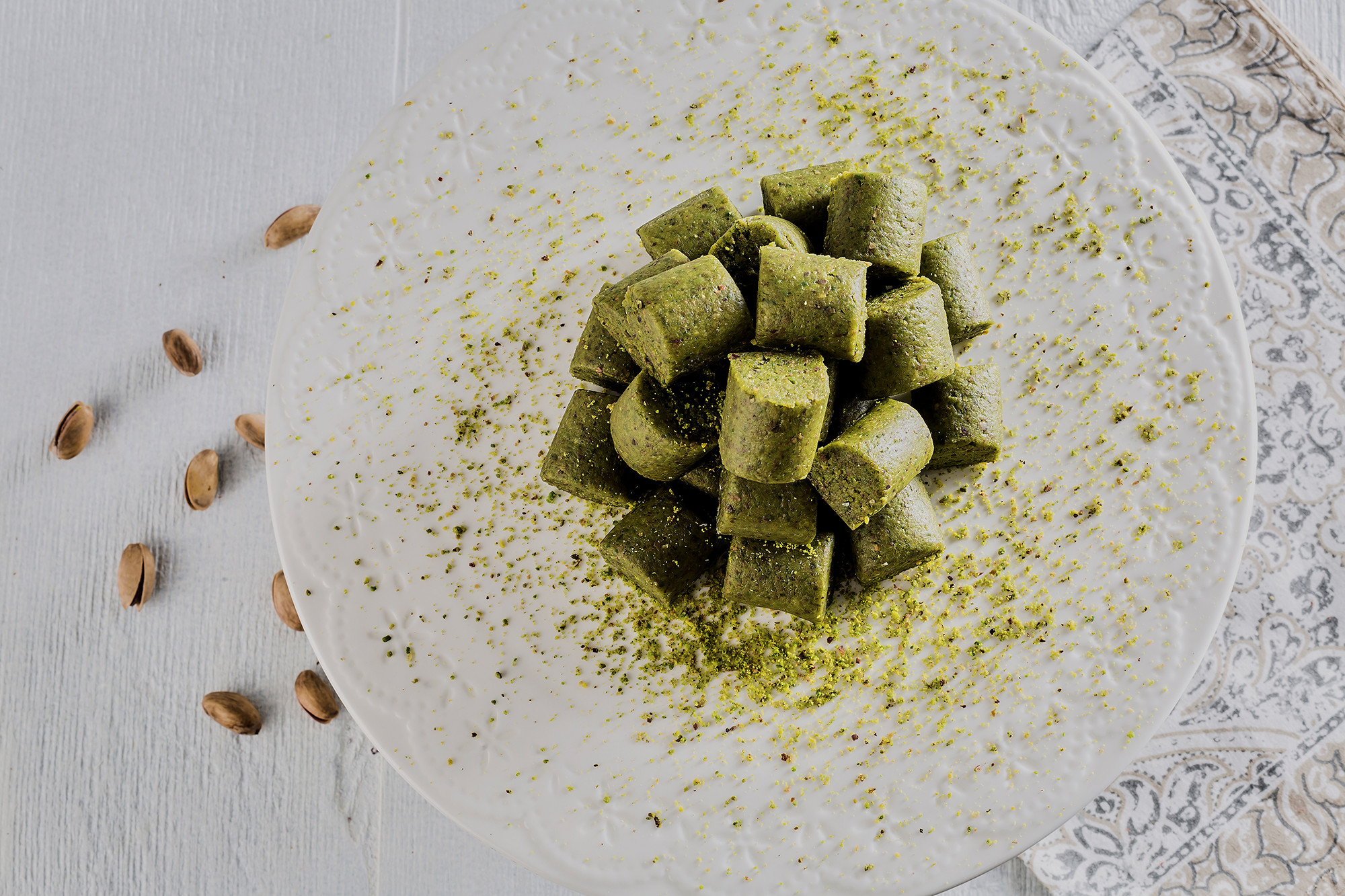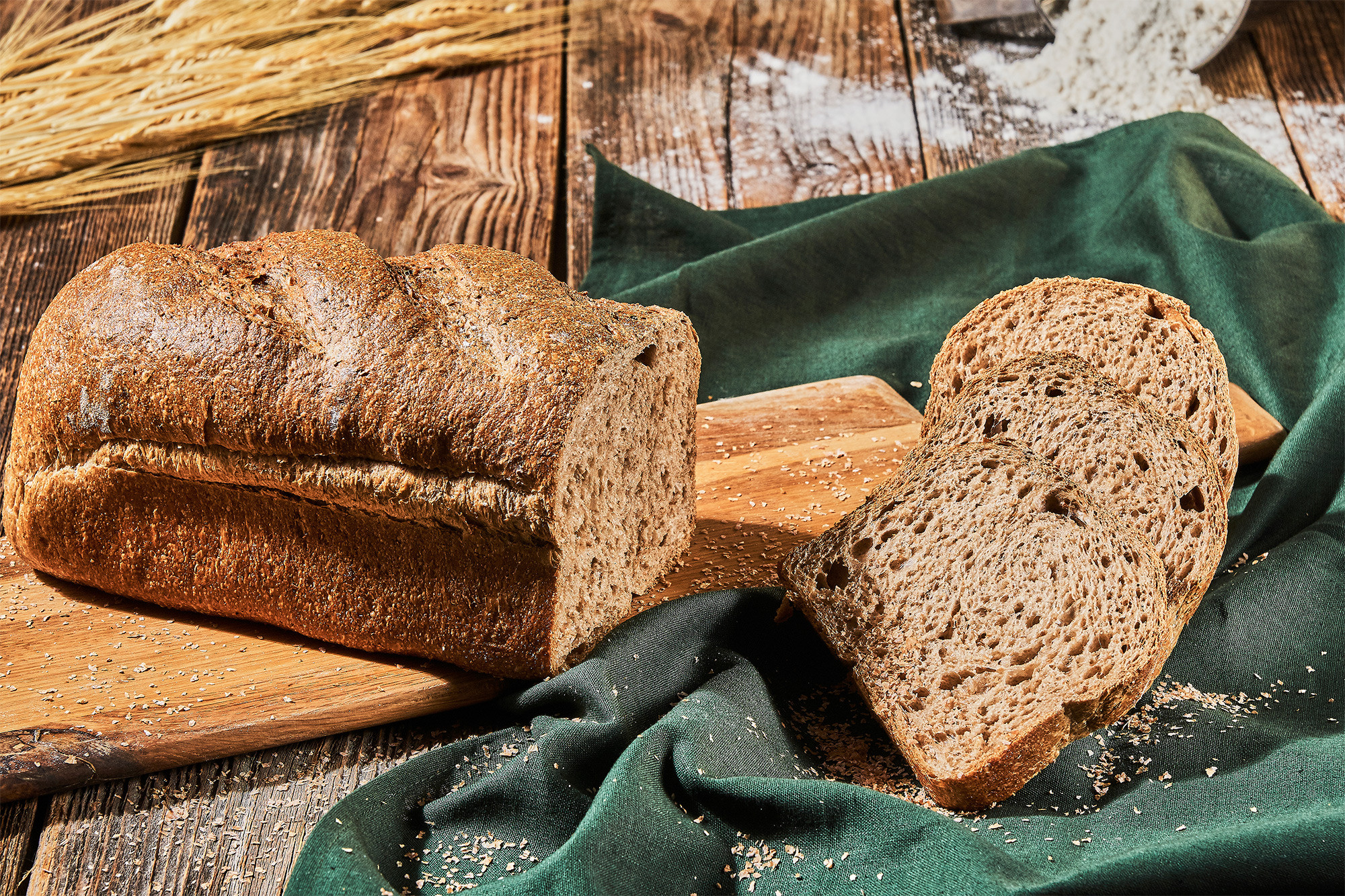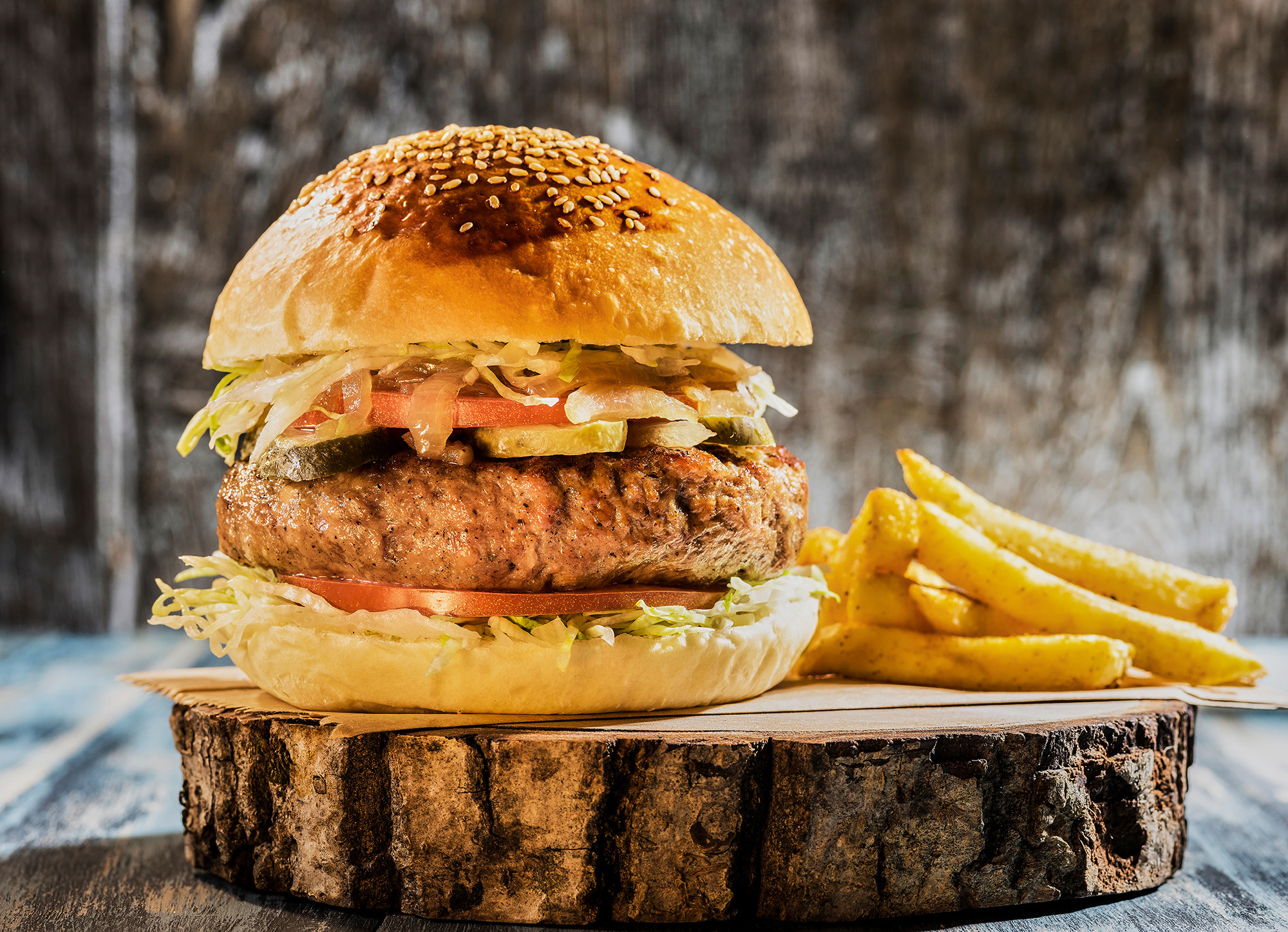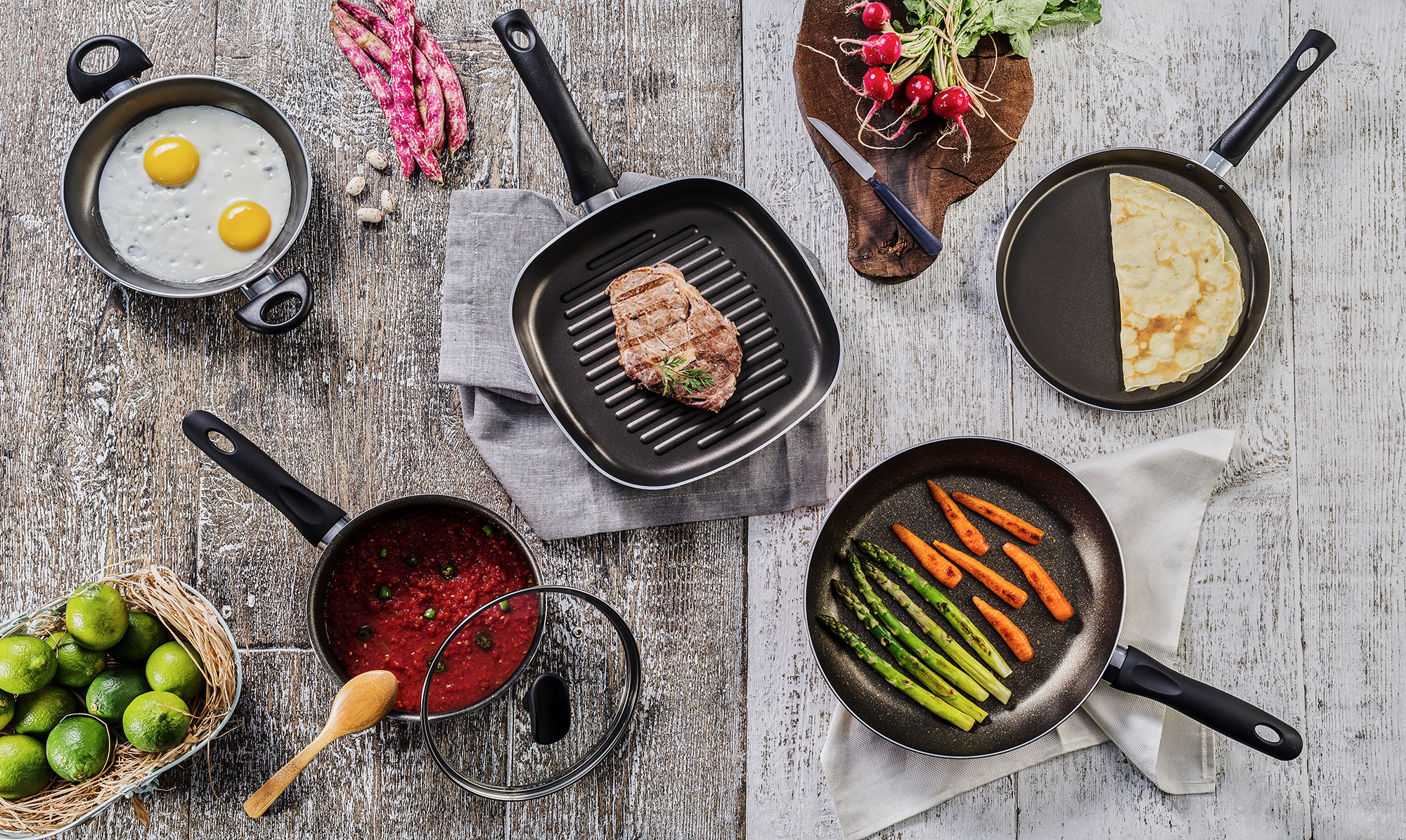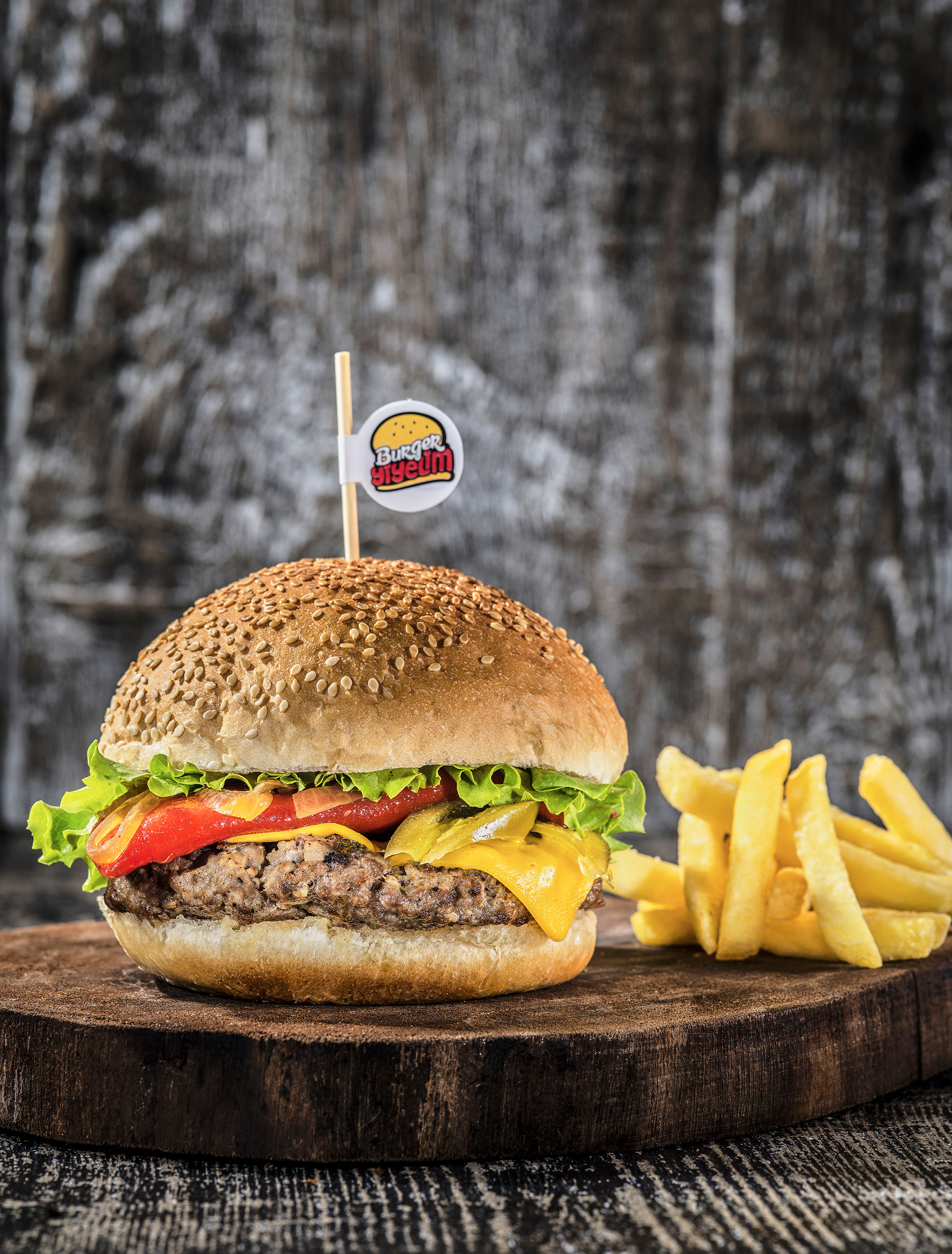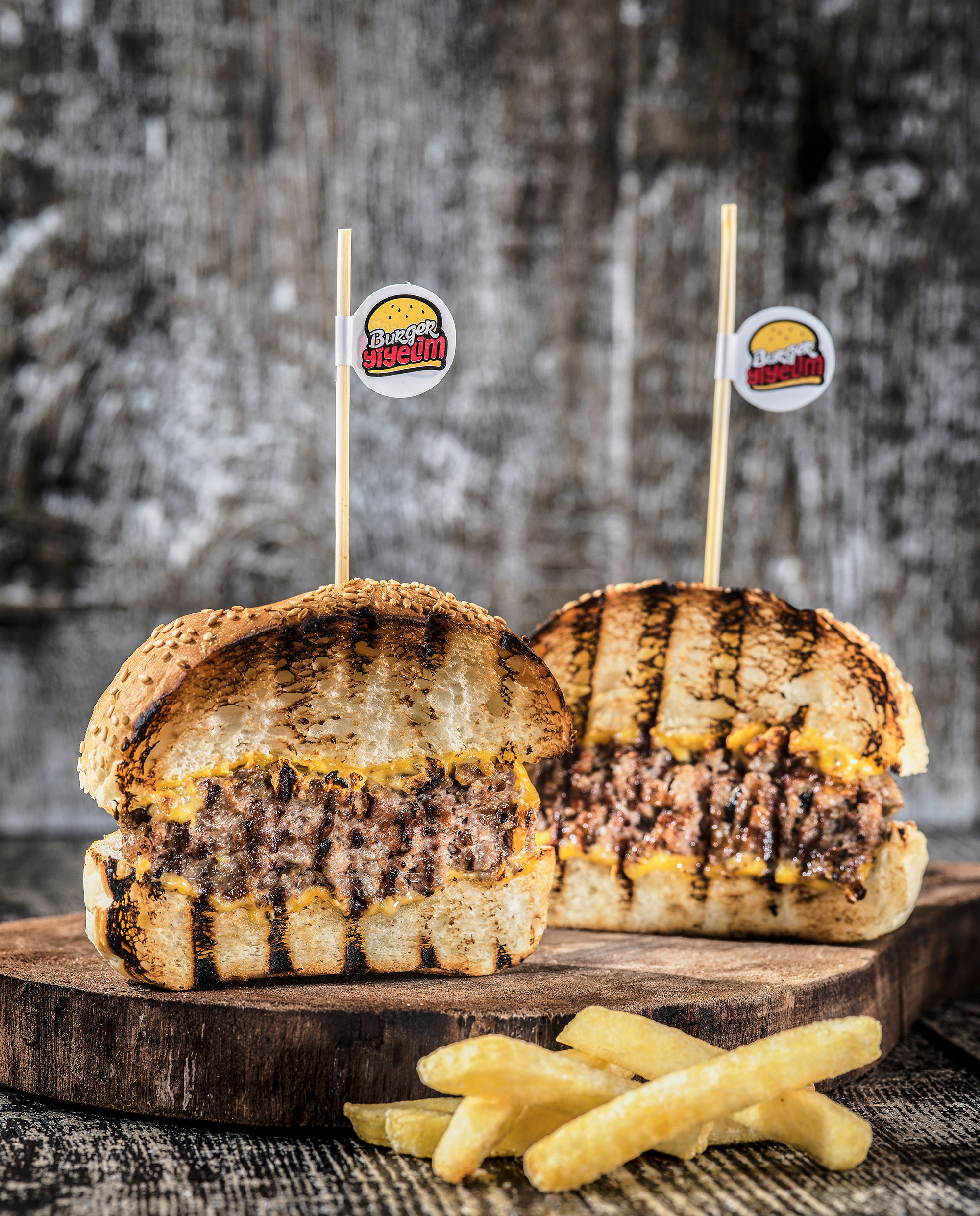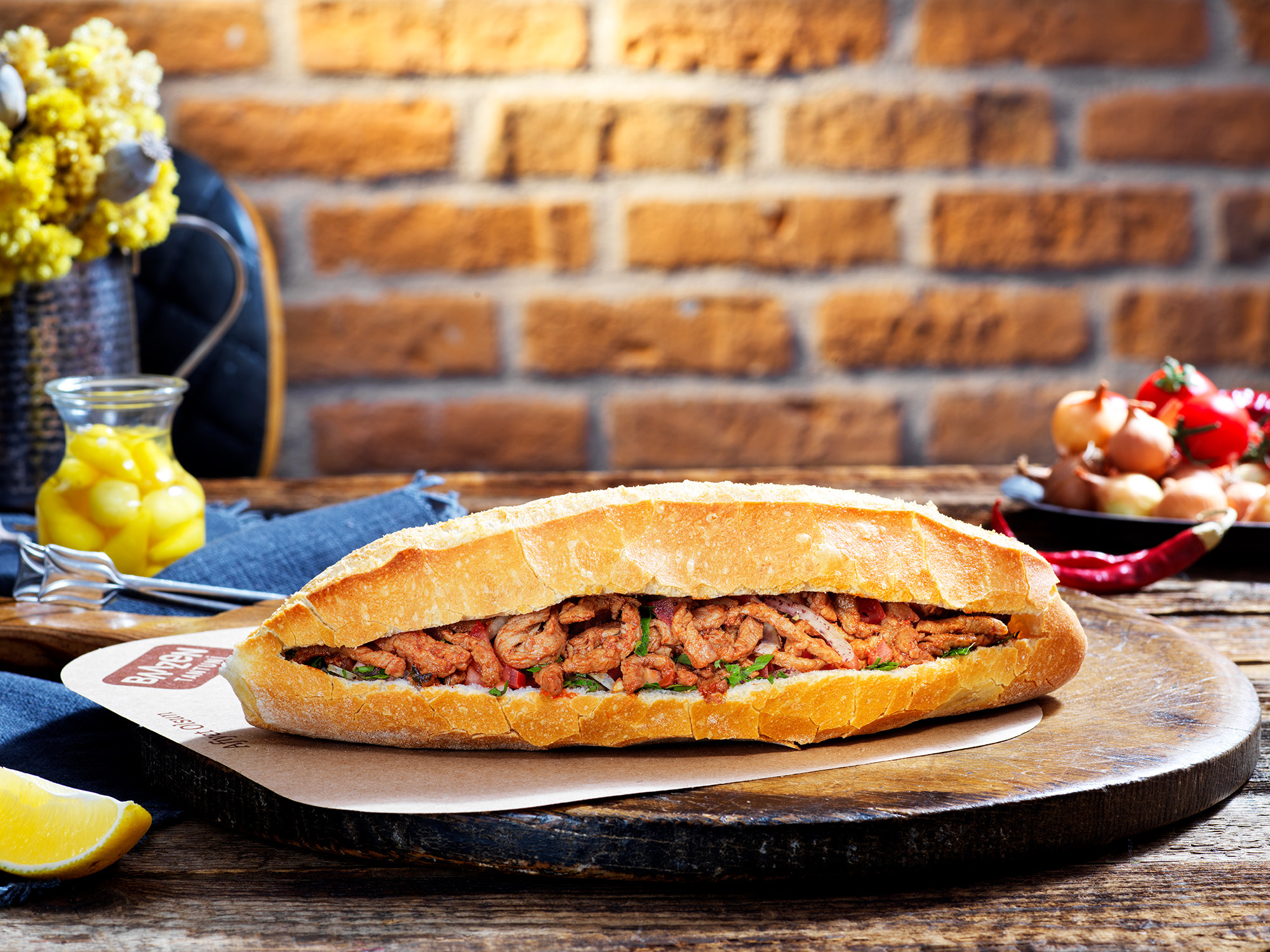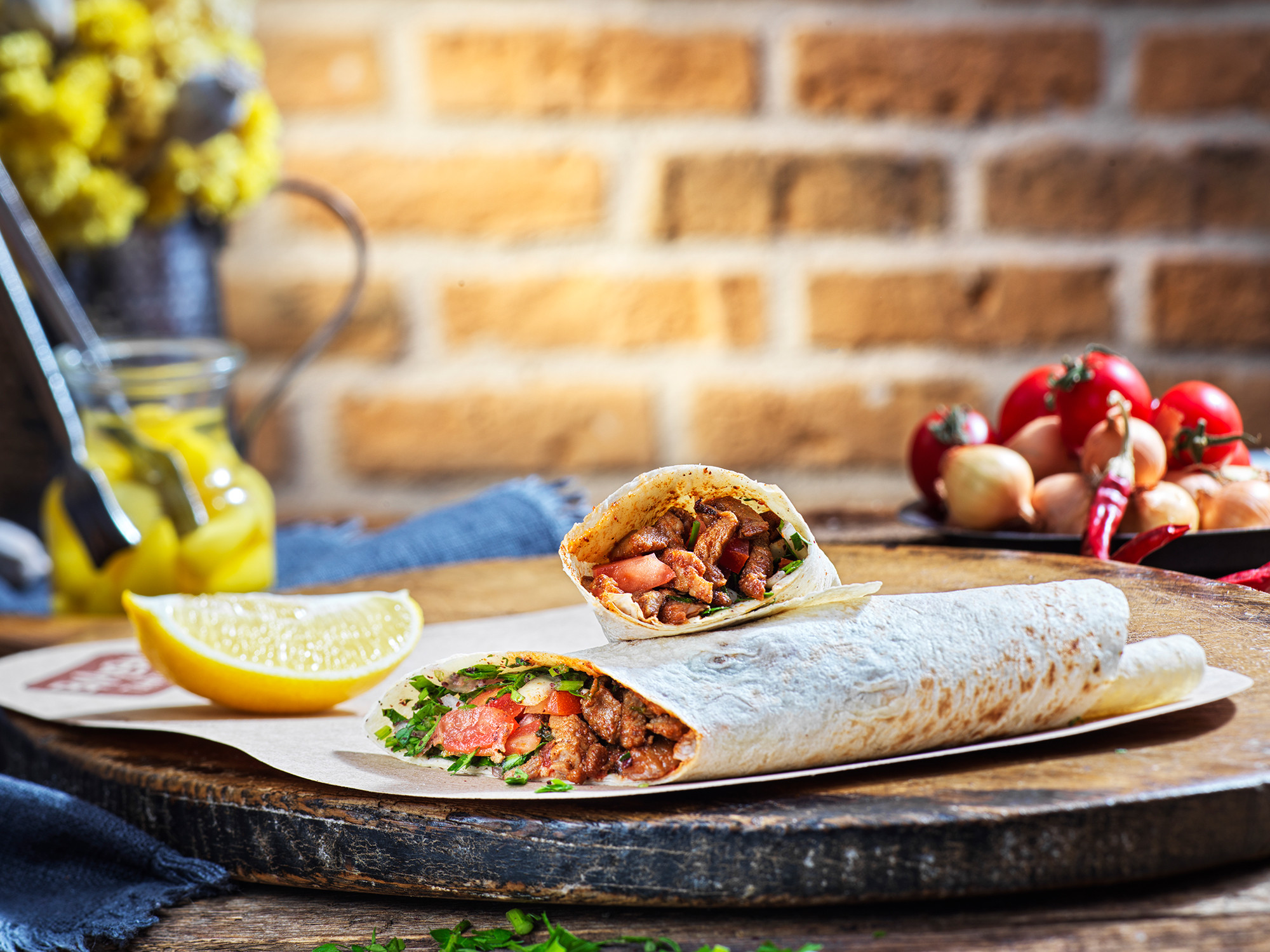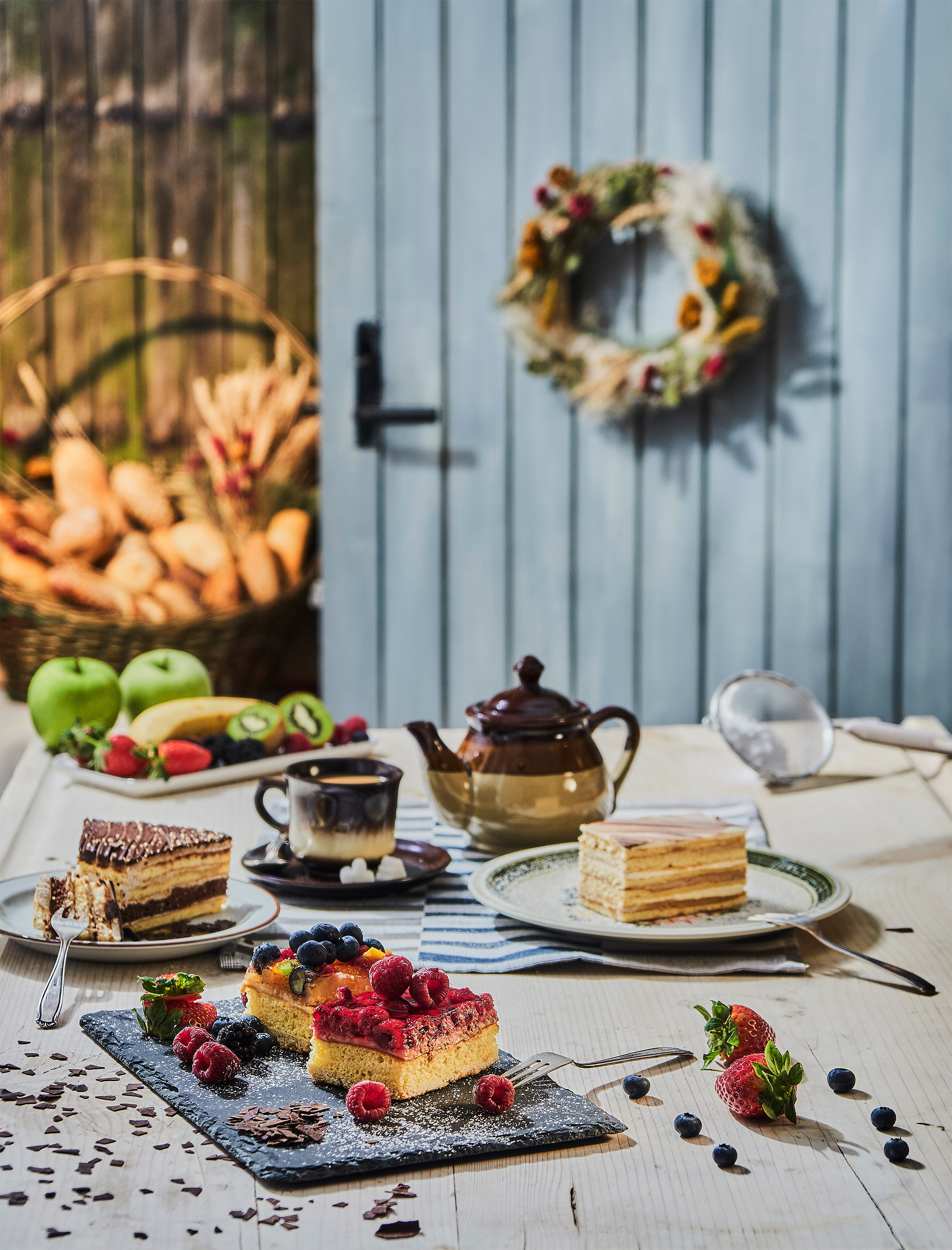In today's world, social media photography is one of the fastest-growing and most dynamic fields for a photographer. Unlike traditional photography, this field focuses on speed, volume, consistency, and instant interaction.
Here are the key things you need to know about social media shoots as a photographer:
1. Platform-Focused Thinking
In social media photography, there is no single "correct" standard; each platform has its own set of rules.
- Instagram (Visual Aesthetic): Quality and aesthetics are prioritized. Vertical formats (Story, Reel) are commonly used, along with bright, vibrant colors or a color filter (preset) consistent with the brand. Consistency is key; all posts from the brand or individual should share the same visual language.
- Pinterest (Inspiration and Guides): Vertical visuals are required. The image is expected to be not only beautiful but also informational or inspirational (e.g., "5 Steps to Perfect Coffee").
- LinkedIn (Professionalism): Clean, professional, well-lit portraits and corporate content take the forefront. A serious and trustworthy tone is adopted.
- E-Commerce / Facebook (Action-Oriented): Clear, attention-grabbing visuals that quickly show the product or service and encourage the user to take action (e.g., make a purchase) are essential.
2. Volume and Speed Management
Social media content is consumed rapidly, which requires a constant flow of new material.
- Batch Shooting: The most efficient method is to shoot enough content in a single session to last for a month or longer. This is done using different angles, compositions, and accessories.
- Purpose-Driven Shoots: Capturing a product from both flatlay (top-down) and lifestyle perspectives provides variety for different platforms and purposes (e.g., posts, stories, ads).
- Quick Editing: Pre-prepared color palettes (presets) and fast retouching techniques are vital for speeding up the post-production process.
3. Composition and Engagement Tips
Social media visuals need to grab attention quickly, even on small screens.
- Mobile Priority: Continuously check how your visuals look on a smartphone screen during shooting and editing. Complex details often get lost, so simplicity is key.
- Negative Space: Leave room at the top or bottom of vertical visuals for text or titles, which is very useful for ad or story design.
- Human Elements and Movement: Instead of simply showcasing the product, show it in use (e.g., hands, arms, mouth). This creates a more realistic and relatable connection. Fluid movements or flowing actions (like coffee pouring) can also be easily turned into video content.
- Instant and Natural Look: Especially for Stories, avoid overly perfect studio looks and embrace a more natural, sometimes slightly messy aesthetic to increase the sense of authenticity.
Social media photography requires a photographer to combine both technical skills and the ability to follow marketing trends and engage with the audience.



